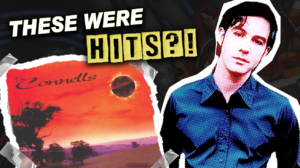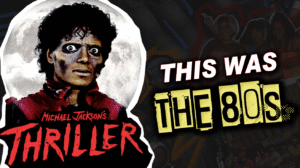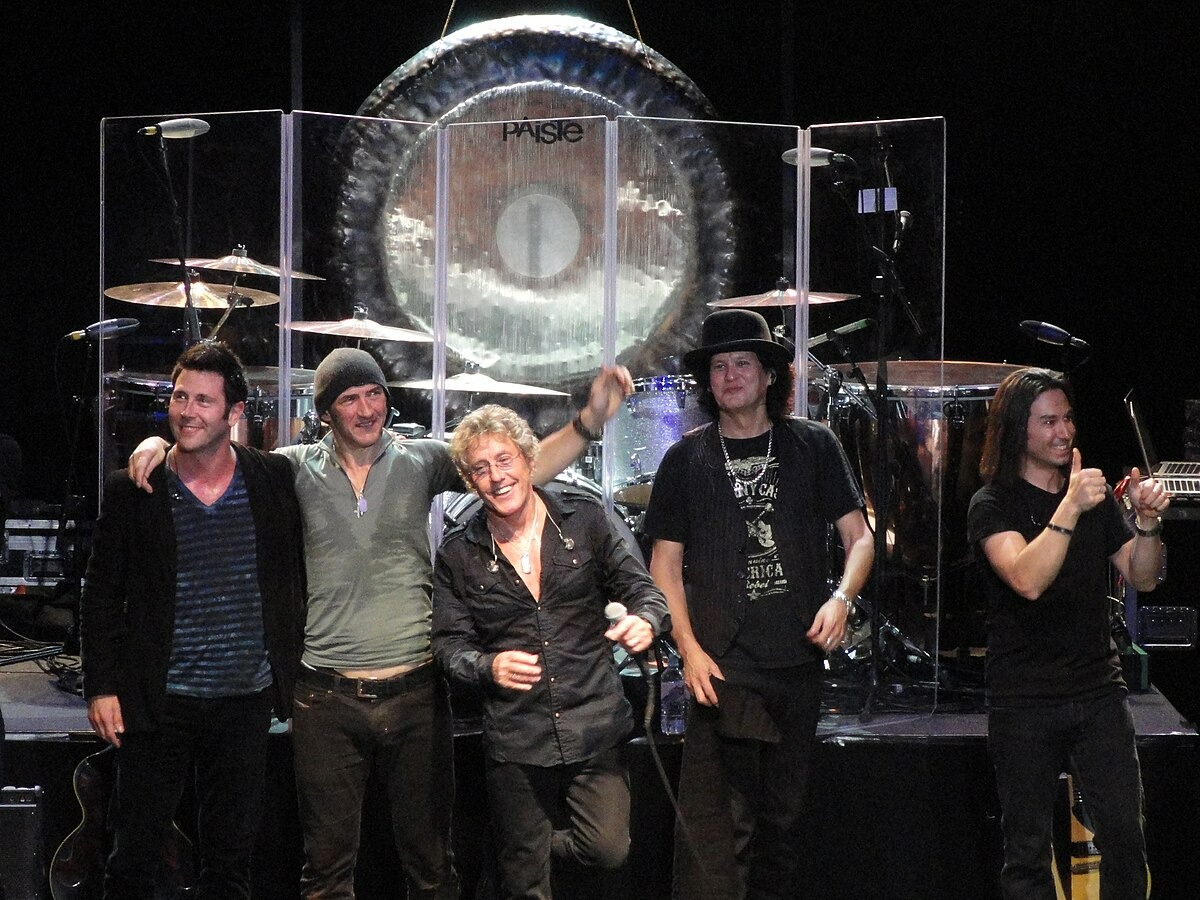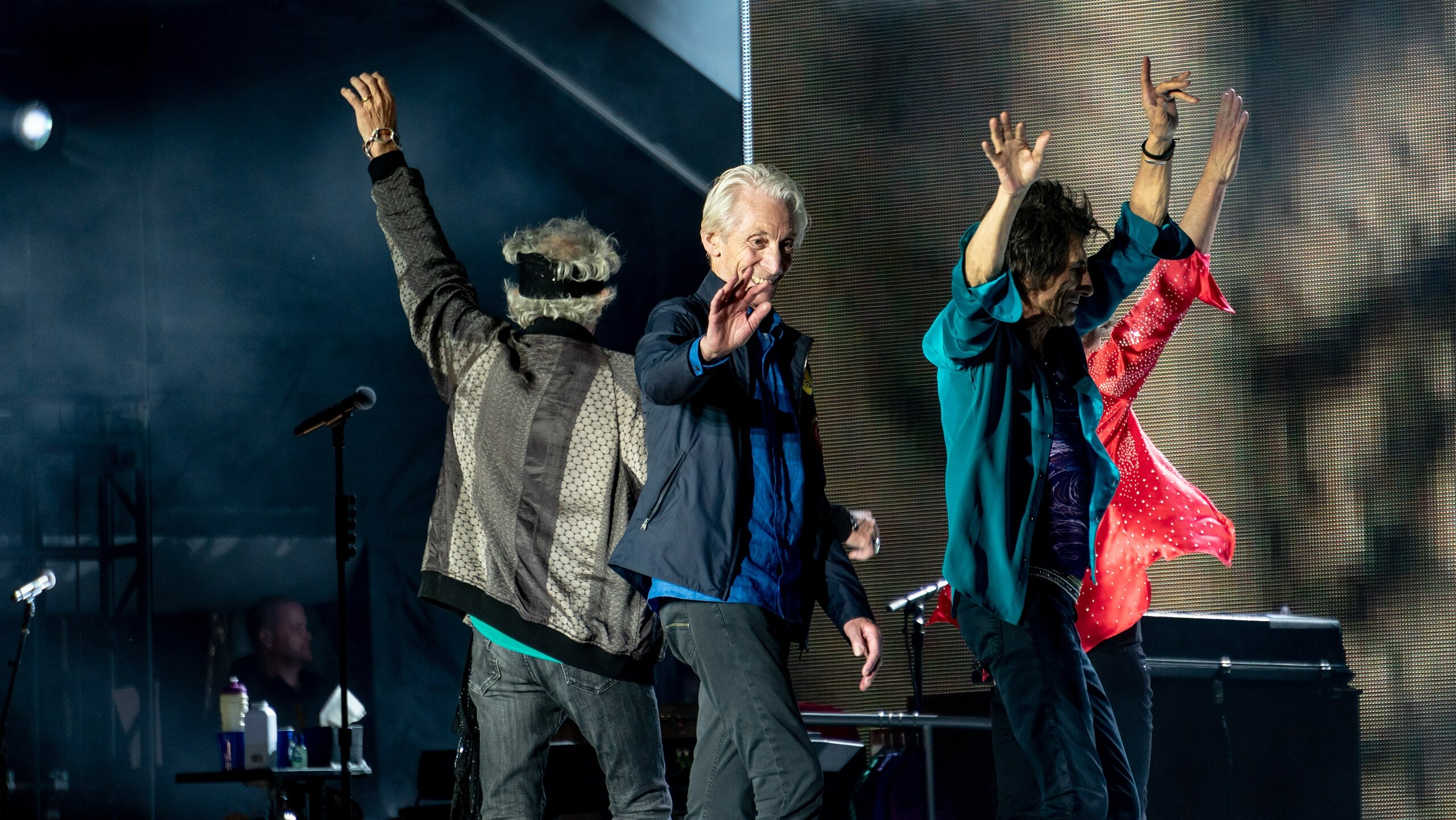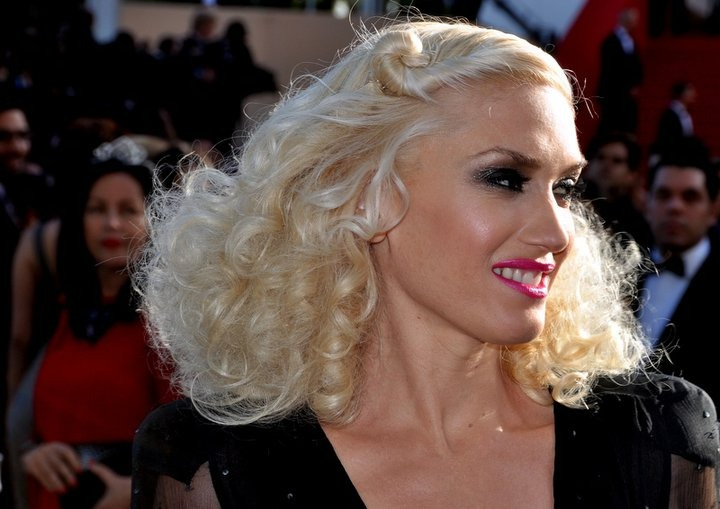
The 1960s weren’t just humming with melodies—they were crackling with revolution. While history books obsess over men with guitars, it was women who truly shattered sound barriers, turning microphones into weapons and stages into battlegrounds. Their voices weren’t just pleasant background noise for America’s upheaval; they were the damn upheaval itself.
These women didn’t just sing—they fought. Every sustained note from Aretha was a protest. Each Janis scream dismantled another brick in the wall of patriarchal expectation. Their soundscapes weren’t created to please; they were built to transform everything we understood about power, agency, and who gets to claim the spotlight.
15. THE SOUL REVOLUTIONARY
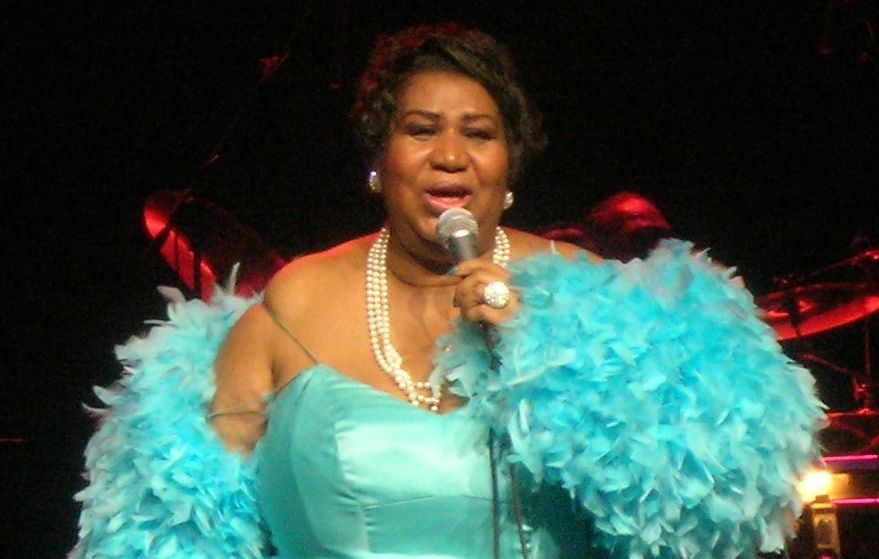
Aretha Franklin didn’t just demand respect—she redefined what it meant to command a room. Born in Memphis with gospel running through her veins, Franklin wasn’t interested in fitting into the music industry’s narrow box for Black female vocalists. By 18, she’d already mapped her escape route to New York, refusing to let her voice be contained by geography or expectation.
Her 1967 recording of “Respect” wasn’t just a hit; it was a cultural earthquake that forced America to confront its parallel revolutions of gender and race. When Franklin sang those notes, stretching syllables across octaves with her signature melisma, she wasn’t performing—she was testifying. The Grammy Awards and “Queen of Soul” title that followed weren’t validations; they were merely formal recognitions of a coronation that had already happened in the streets.
14. THE ROCK LIBERATOR

Texas-born and defiantly uncomfortable in conventional femininity, Janis Joplin didn’t just sing rock—she fundamentally rewired its DNA. Her journey from Port Arthur to San Francisco wasn’t geographic; it was existential—a woman searching for spaces where her vastness could breathe.
By 1966, with Big Brother and the Holding Company, Joplin was detonating expectations about female performers with every note. Her Woodstock performance wasn’t just electrifying—it was revolutionary warfare against gendered boundaries in rock. That voice—whispering vulnerabilities one moment and screaming defiance the next—wasn’t just technique; it was emotional truth-telling that male rockers couldn’t touch. Her death at 27 wasn’t just tragic; it robbed us of decades of potential evolution in women’s musical expression.
13. THE PERFORMANCE REVOLUTIONARY

From the depths of Brownsville, Tennessee emerged Tina Turner, a woman who didn’t just perform; she engineered a new blueprint for female power on stage. Turner first navigated the complicated shadow of performing alongside Ike before ultimately claiming her crown alone. The title “Queen of Rock and Roll” wasn’t honorary—it was earned through relentless reinvention and refusal to disappear.
Turner’s slightly raspy yet thunderous voice carried messages that transcended her lyrics. Every energetic stage move while maintaining perfect vocal control was a masterclass in female autonomy. Those 100 million records sold weren’t just commercial success; they were evidence of what happens when women refuse to be contained. Modern pop performances—with their athletic stamina and emotional vulnerability—all carry Turner’s DNA, whether they know it or not.
12. THE BARRIER BREAKER
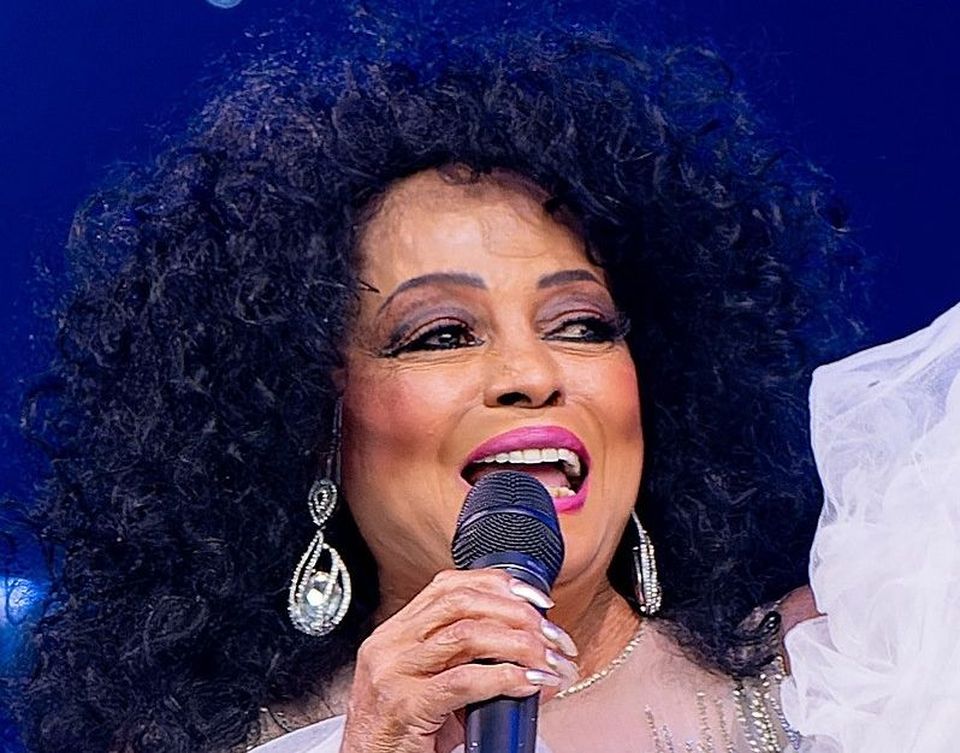
Walking into Detroit’s Motown machine as a teenager, Diana Ross emerged as its most transformative force. When The Primettes evolved into The Supremes and Ross took the microphone, she wasn’t just singing—she was strategically dismantling America’s musical segregation. Those dozen number-one hits in the 1960s weren’t just chart achievements; they were cultural integrations.
Ross’s sophisticated vocal precision and glamorous persona did more than entertain—they forced white America to confront its contradictory consumption of Black art. The choreographed performances weren’t just polished entertainment; they were calculated disruptions of stereotype. Her subsequent solo success and acting career proved what marginalized artists have always known: versatility isn’t a luxury but a survival requirement when the industry is determined to box you in.
11. THE COUNTRY PIONEER

Meteoric doesn’t begin to describe Patsy Cline’s rise—it was inevitable force meeting immovable talent. Born in Winchester, Virginia, and singing through childhood health struggles including a threatening throat infection, Cline’s voice carried an authenticity that couldn’t be manufactured. Her 1960s chart dominance wasn’t just commercial success; it was cultural infiltration.
The “Nashville sound” Cline pioneered—merging country sensibilities with pop accessibility—wasn’t just artistic evolution; it was strategic dismantling of genre barriers designed to keep women contained. Her vocal control, particularly those minimal-vibrato sustained notes, taught generations that power doesn’t always scream—sometimes it simply refuses to waver. Her 1963 death in that airplane crash didn’t end her influence; it immortalized a blueprint for female country artists still fighting to be taken seriously beyond genre confines.
10. THE POLITICAL FORCE

Revolutionary isn’t just what Nina Simone did—it’s who she was at her molecular level. Her classical training at the piano wasn’t just skill acquisition; it was ammunition gathering. When her debut album dropped in 1959, followed by crucial 1960s releases, Simone wasn’t just performing—she was documenting America’s most urgent contradictions in real time.
Her response to civil rights tragedies wasn’t just artistic; it was necessary activism when speaking plainly could get you killed. Simone’s vibrato and dramatic phrasing weren’t stylistic choices; they were emotional vessels carrying messages too dangerous to state directly. Her blend of virtuosity with political messaging wasn’t just multi-tasking; it was building a template for generations of artists who understood that entertainment without purpose is just distraction.
9. THE HARMONY DISRUPTOR

Carving space in an industry designed to exclude her, Cass Elliot didn’t just sing with The Mamas and the Papas—she expanded what female presence could mean in popular music. Her journey from Baltimore through The Big Three and The Mugwumps before landing in the defining folk-rock sound of California wasn’t just career evolution; it was intentional path-finding.
Elliot’s warm contralto wasn’t just technically impressive; it was a deliberate challenge to body image stereotypes that still plague the industry. Her perfect blending in complex harmonies while maintaining her distinctive tone wasn’t just skill; it was a metaphor for how marginalized voices can work within systems while subtly transforming them. Her confidence on stage wasn’t just performance; it was protest against an industry obsessed with packaging women into marketable physical ideals.
8. THE GENRE BENDER
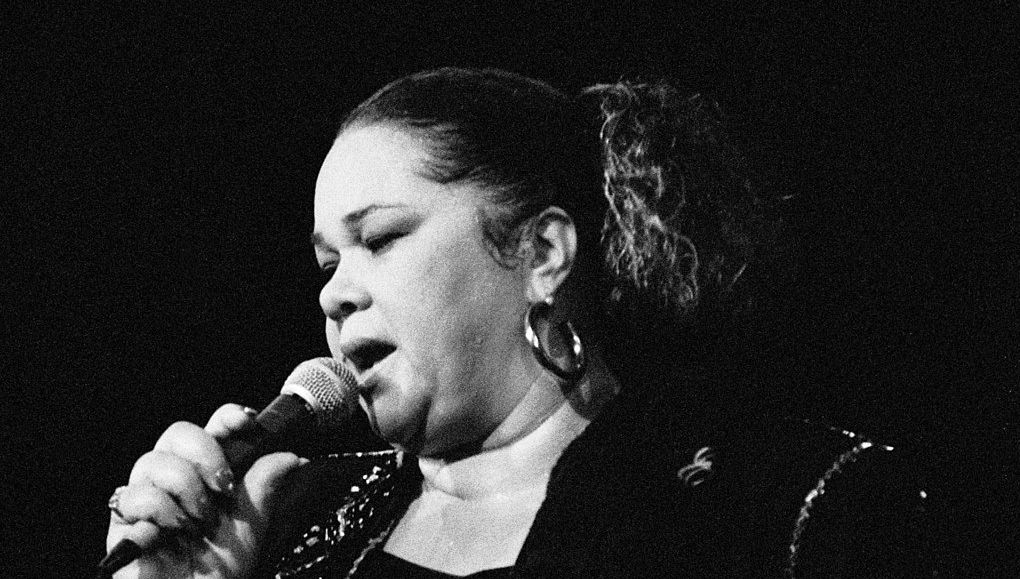
At just age 5, Etta James began vocal training not as a hobby but as serious technical preparation for battle. Her 1960 debut album wasn’t just an introduction; it was a declaration that blues, R&B, and jazz boundaries couldn’t contain her expression. Those four Grammy nominations weren’t just industry recognition; they were reluctant admissions of her undeniable force.
James didn’t just transition between vulnerability and power within songs; she demolished the false dichotomy that suggested women could only be one or the other. Modern singers don’t just study her phrasing; they’re accessing emotional coding that allowed women to express realities the culture wasn’t ready to hear directly. Her catalog isn’t just historically significant; it’s a survival guide for artists navigating the treacherous intersection of race, gender, and commercial expectation.
7. THE IMAGE REVOLUTIONARY

Crafting her own light source rather than living in shadows, Nancy Sinatra didn’t just emerge from her famous father’s legacy—she defined herself against it. Her UCLA music studies weren’t just education; they were preparation for strategic industry disruption. Those 1960s hits weren’t just catchy; they were manifestos of female independence wrapped in deceptively commercial packages.
Her 1966 Grammy-nominated breakthrough wasn’t just a hit; it was a trojan horse smuggling second-wave feminist consciousness into mainstream radio. Sinatra’s iconic boots and fashion choices weren’t just style; they were visual semiotics reinforcing her music’s themes of female agency. Her spy film theme recording wasn’t just career diversification; it was claiming space in male-dominated soundtrack territory. Her collaborative willingness wasn’t compromise; it was building alliances in an industry designed to pit women against each other.
6. THE ATLANTIC BRIDGE

Cultural engineer more than mere vocalist, Dusty Springfield didn’t just blend British pop with American soul; she created exchange networks when the Atlantic Ocean seemed wider. Her evolution from The Lana Sisters through the Springfields to solo stardom wasn’t just career advancement; it was a woman methodically gathering the tools needed for artistic independence.
Springfield’s precise vocal control conveying deep emotion without unnecessary flourish wasn’t just technique; it was feminist praxis—doing exactly what’s needed without apology or excess performance. Her blue-eyed soul opened doors between British and American music scenes during critical innovation periods not just as cultural exchange but as recognition of Black musical excellence that white artists were finally acknowledging. Her posthumous Rock and Roll Hall of Fame induction wasn’t just honor; it was belated recognition of how women’s contributions are often only fully valued after they’re gone.
5. THE MOVEMENT VOICE

Sonic force of Motown’s conscience, Martha Reeves transformed from Alabama-born singer to cultural archivist through melody. Her journey from The Fascinations to leading Martha and the Vandellas alongside Rosalind Ashford and Annette Beard wasn’t just career progression; it was women building collective power in a male-dominated industry. Their string of 1960s hits weren’t just dancing music; they were social documentation.
Their beloved 1964 release becoming an unofficial civil rights anthem wasn’t coincidental; it was recognition that joy itself is political when certain communities are denied it. Reeves brought gospel intensity to pop arrangements not as style but as spiritual necessity. Her powerful voice cutting through Motown’s dense horn arrangements wasn’t just technical ability; it was metaphor for how women’s voices must pierce through institutional noise to be heard at all.
4. THE ACTIVIST ARTIST

Music and activism fused inseparably within Joan Baez, emerging not just as a folk artist but as living proof of art’s political potential. Her self-titled 1960 debut followed by three successful albums wasn’t just career building; it was platform construction for necessary political intervention. Her active participation in civil rights and anti-Vietnam War movements wasn’t extracurricular; it was core artistic identity.
Baez’s crystalline soprano and precise guitar playing established new standards not just technically but ethically—showing how artistic excellence gives moral messages greater reach. Her minimal vibrato and precise intonation weren’t just stylistic choices; they were sonic clarity matching her political clarity. Her interpretation techniques bringing attention to lesser-known songwriters wasn’t just generosity; it was deliberately expanding whose stories deserved amplification in a gatekept industry.
3. THE MOTOWN ARCHITECT

Survival transformed into sonic revolution as Mary Wells didn’t just overcome childhood tuberculosis and meningitis; she channeled that resilience into groundbreaking sound. Singing from church to nightclubs before signing with Motown at 17 wasn’t just career development; it was a young Black woman navigating limited pathways to artistic expression. Being crowned “Queen of Motown” wasn’t honorary; it was recognition of her foundational importance to the label’s entire success formula.
Wells pioneered Motown’s crossover sound not just for artistic reasons but as strategic dismantling of racial barriers in American popular music. Her warm, intimate vocal style wasn’t just aesthetic; it was revolutionary intimacy in an era when Black female performers were often expected to project specific emotional images. Her conversational approach to lyrics wasn’t just technique; it was humanization in a culture determined to dehumanize. Leaving Motown at her career’s peak wasn’t failure; it was self-determination rarely permitted to artists, particularly women.
2. THE TEENAGE TRUTH-TELLER

Unfiltered frustration of teenage girlhood found its voice when Lesley Gore wasn’t just a 16-year-old with a Grammy-nominated hit in 1963; she was cultural validation that young women’s experiences deserved serious consideration. Releasing popular songs that resonated with teenage girls while still in high school wasn’t just precocious; it was revolutionary youth representation in an adult-controlled industry.
Gore becoming a symbol of second-wave feminism through songs emphasizing female independence wasn’t accidental; it was authentic expression finding its political moment. Her clear articulation and emotional authenticity weren’t just stylistic choices; they were validation that young women’s experiences deserved serious cultural consideration. Gore demonstrated that youth perspectives warranted respect not as novelty but as legitimate social commentary, creating precedent for future teen artists to express authentic viewpoints rather than adult-manufactured messaging.
1. THE GLOBAL STRATEGIST

Shattering charts and age barriers simultaneously, Peggy March’s hit at age 14 wasn’t just a statistical anomaly; it was proof that the music industry underestimated young women’s capabilities. Her milestone as the youngest female artist to achieve this success wasn’t just trivia; it was door-opening for future generations of young performers fighting to be taken seriously.
March’s linguistic versatility releasing German and Italian recordings wasn’t just impressive; it was shrewd global career management when American tastes shifted. Her clear vocal tone and precise diction facilitating international success weren’t just technical skills; they were communication tools transcending cultural barriers. March’s ability to adapt to different markets displayed business acumen unusual for young performers not because of age but because the industry systematically denied young women business education while exploiting their talents.




